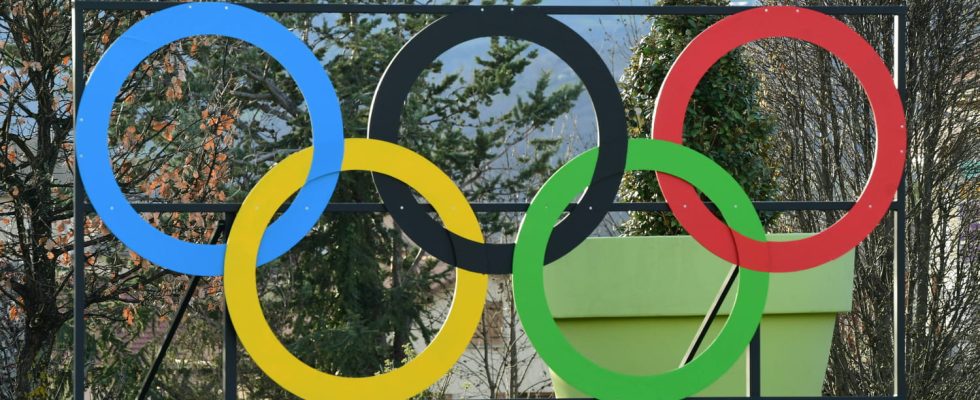Olympic Games and fighting rarely go well together. However, this sport allows its participants to distribute punches. And it’s not boxing…
Olympic sport is often synonymous with fair play and respect between athletes. This is not a competition known for the harshness of the contacts, and the rare moments of combat are perfectly organized. This is the case for boxing, wrestling or judo, with very precise rules. Misconduct has also been very severely punished in the past. Rugby thus had to chomp at the bit for almost a century due to the France-USA final of 1924. A certain Pierre de Coubertin, chief organizer of the Olympic Games at the time, did not at all appreciate the general brawl which followed the end of the match, and the International Olympic Committee decided to ban the sport. It was only in 2016 that rugby finally returned to the program, in its formula of seven players instead of fifteen.
However, there is a sport present at the Games since 1920 in which players are allowed to fight. It is not a combat sport but a winter sport: ice hockey. We often see videos circulating of altercations in certain championships, notably in the very famous NHL, the North American league. Even though fighting is not officially written into the rules of the game, it is entirely possible on the ice and sometimes even encouraged.

In summary, the ice hockey referee can let two of the protagonists of the match confront each other with heavy punches and shoves, without excluding them from the game as would seem logical in any other team sport. As a general rule, the referee still separates the players when one of them is on one knee. The fight still has a few rules: it can only take place if the two opponents use neither their crosshairs nor their gloves. These accessories must be removed and thrown onto the ice before the first shot. Enough to stage a little more this moment when two hockey players are preparing to waltz the shots.
So what’s the point of these fights if they’re part of the game? They are in reality more linked to the spectacle and the teams’ need to gain psychological ascendancy over their opponents. It is in fact for one of the two teams to show its superiority or to show that it is not going to be impressed. Teams often even have a player specializing in these phases of intimidation, who is called the “policeman” in hockey jargon. The latter is generally recruited for these moments of fighting on the field and, in reality, has very limited playing time.
Those who like this kind of frank explanation, however, will be disappointed. No fight during the Paris 2024 Olympics in fact, since hockey is a winter sport. Double punishment: we should not see these scenes during the next Winter Olympic Games, in Milan, in 2026. In Europe and in competitions like the Olympic Games, these combat phases are much more severely punished (exclusion see suspension for several matches) and therefore less frequent. However, if the two teams have decided to fight, it is very difficult for the referees to intervene. We thus saw during the Pyeonchang Games in 2018 the hockey players of the Canadian and American teams come to blows in a fairly impressive general brawl which was not really to the liking of the IOC…
